Greenside Food Sustainability
UX Case Study - 2021
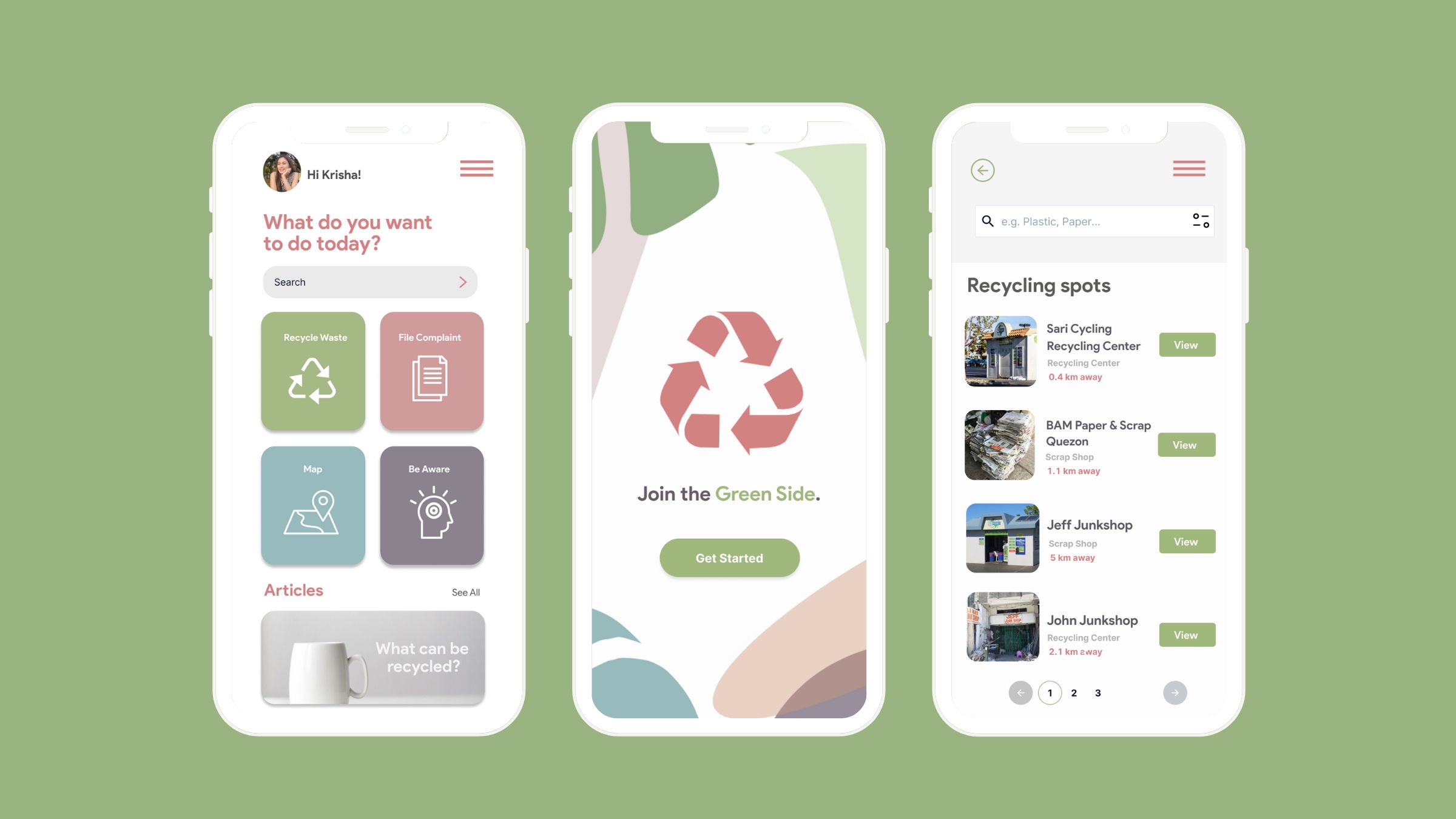
Project Overview
Challenge
This project represents a comprehensive case study conducted as part of my participation in the 6-week-long UX case study competition organized by the User Experience Society. Over the course of these six weeks, I embarked on crafting a design solution aimed at addressing sustainability challenges, focusing specifically on the critical issues of food waste and recycling. This case study offers an in-depth exploration of my journey through the realms of UX Research, Product Design, and Usability Testing, with the overarching goal of providing innovative solutions to these pressing concerns.
Objectives
- To tackle sustainability issues, specifically food waste and recycling, through a comprehensive UX design approach.
- To engage in a holistic UX research process, including user interviews, surveys, and data analysis, to identify pain points and opportunities within the chosen sustainability domain.
- To develop a user-centered product design solution that promotes sustainable practices and reduces the environmental impact of food waste and recycling.
- To rigorously test and refine the proposed design solution through usability testing, ensuring its effectiveness and user-friendliness.
Project Type
Case Study
Tools
Figma, Miro
Role
UX Designer (Research, Visual Design, Interaction Design, Usability Testing)
Team
Self Directed, with feedback from the mentor and peers
Duration
6 weeks
Background
Despite strong environmental activism among Filipinos, the Philippines still suffers from a concerning waste mismanagement problem.
1. With Metro Manila alone generating over 10,000 tons of waste and. Only 15% of waste is properly disposed of, while only 5% of waste is recycled.
2. In the country, the local government units (LGUs) hold the primary responsibility for the effective and efficient solid waste management. The law also mandates that each village construct a recycling center, separate garbage, create a village composting system, and collect different types of waste separately, HOWEVER, only about 21% or 8,843 barangays complied.
3. Metro Manila alone is projected to generate over seventy million tons of solid waste in the next thirty years. However, many landfills in the Philippines are already filled up to its capacity and forced to close.
The trash problem continues to exacerbate due to lack of public participation in proper waste disposal and recycling, compounded with insufficient government action and scarcity of local waste disposal infrastructures.
Hypothesis
Why are people still not participating despite their concern?
These are the identified hypothesis based on initial research:
🤔 Lack of Convenience - Especially with this generation’s busy schedule, they want an easy way in which they can dispose of their wastes.
🤔 Lack of Knowledge - Some consumers have poor waste management because they simply have no knowledge about it.
🤔 Lack of Awareness - People lack awareness on the different management solutions, centers and regulations in their area.
🤔 Lack of Coordination - There is a lack of coordination and communication between the government and the people.
Research
How can I get a better grasp of the problem?
I conducted a mixed research method to gain both qualitative and quantitative insights to the problem.
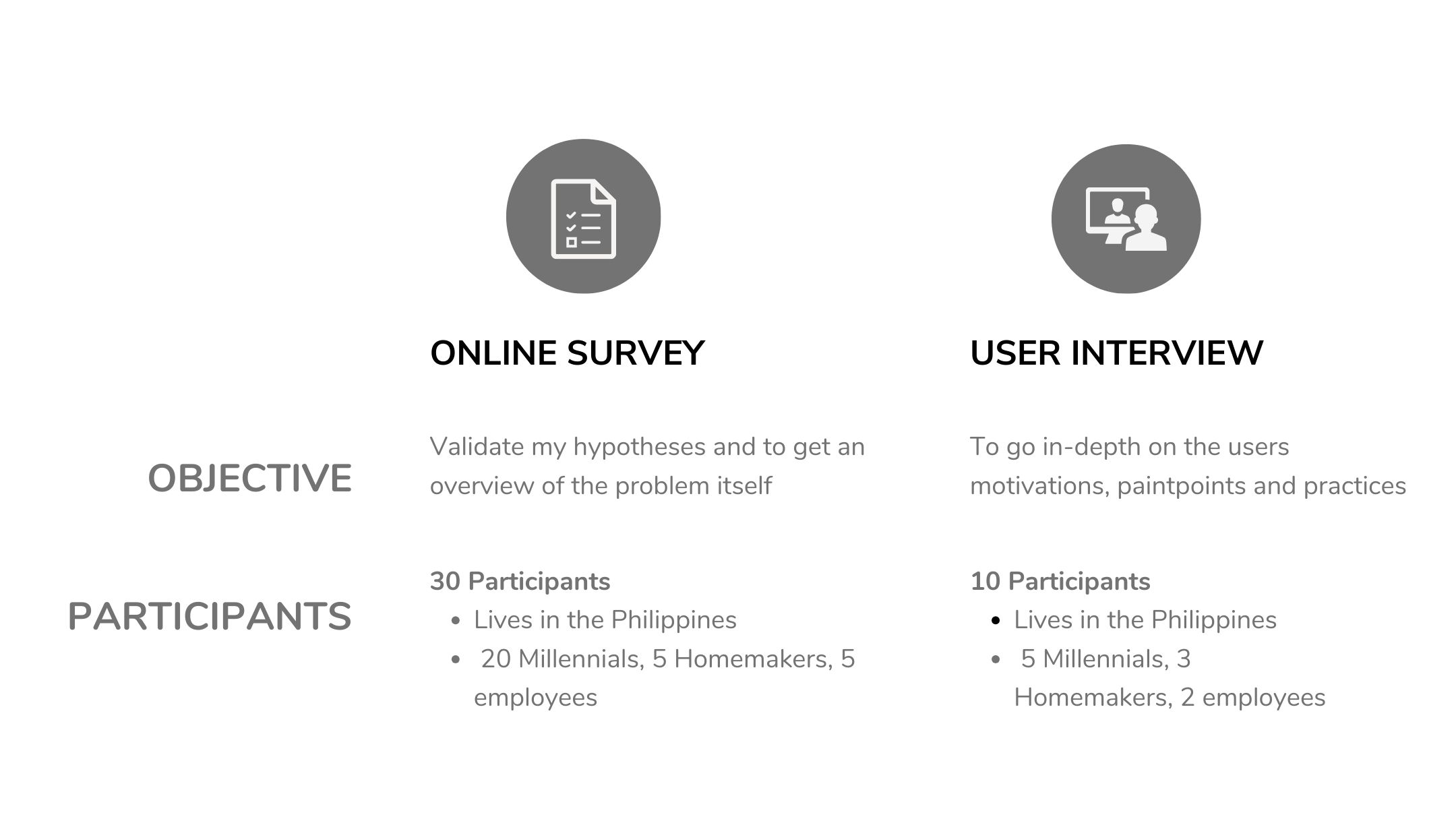

Personas
Who are we designing for?
Personas are fictional representations of your target users, and they are created to answer several key questions and provide insights that guide product or service development.

Journey Map
At which point of the users' journey is the highest? The lowest?

Throughout the whole User Research, Persona Creation and Journey Map, these are the findings:





Style Guide

Lets jump to the "Visuals"...









Selected Works

Social KitchenProject type
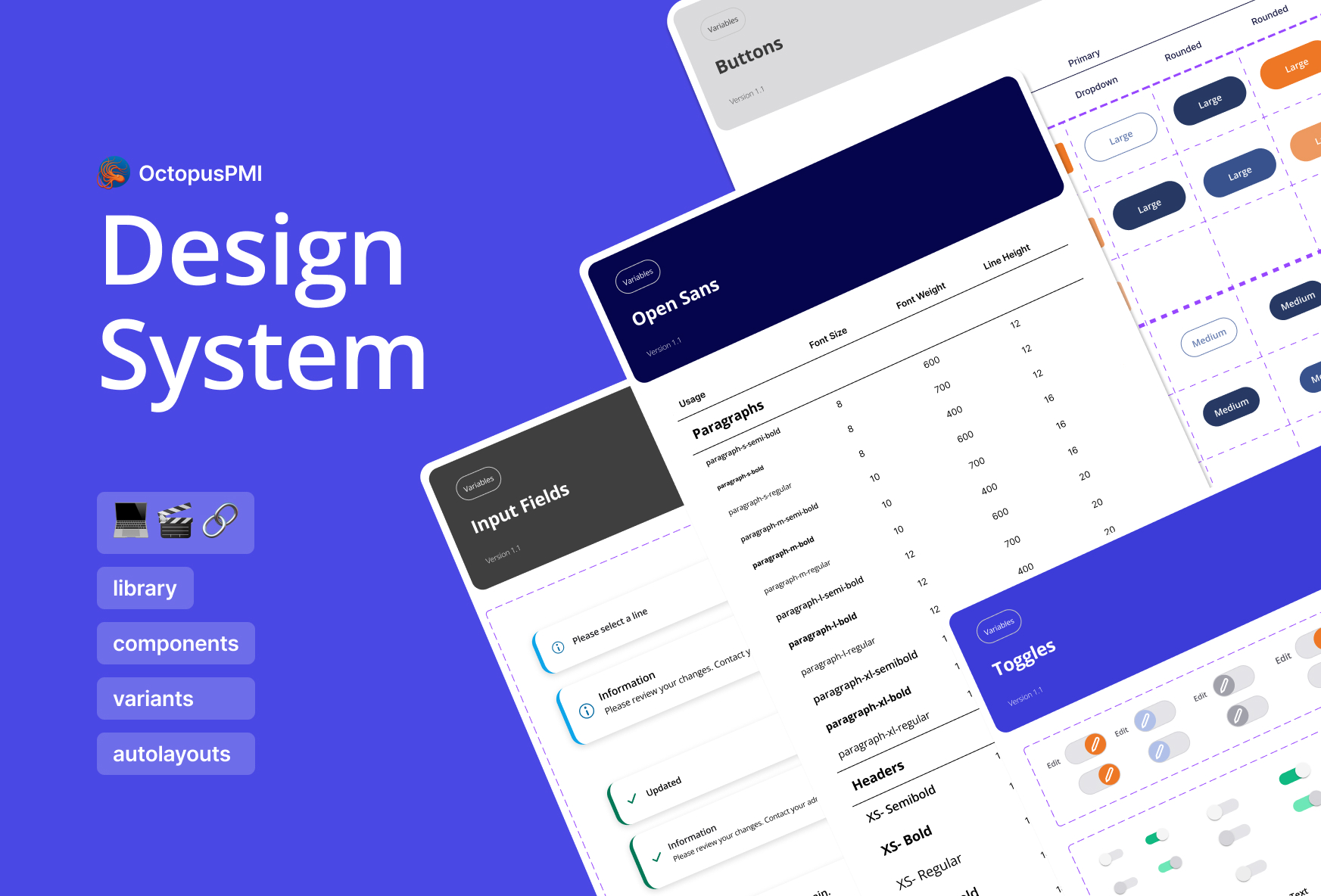
B2B Web Design SystemProject type

Finance Management ApplicationProject type
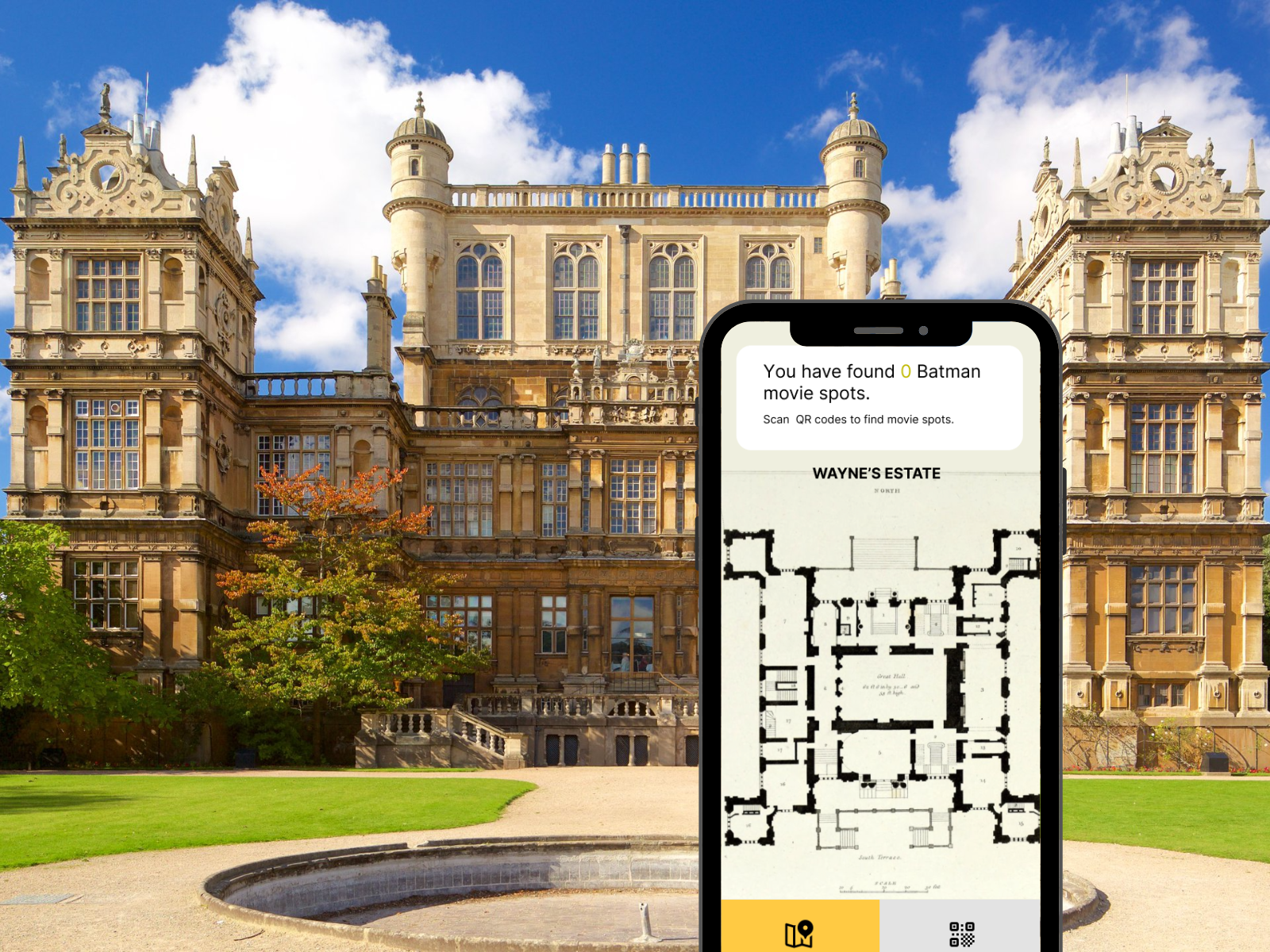
Finding Batman AR gameProject type
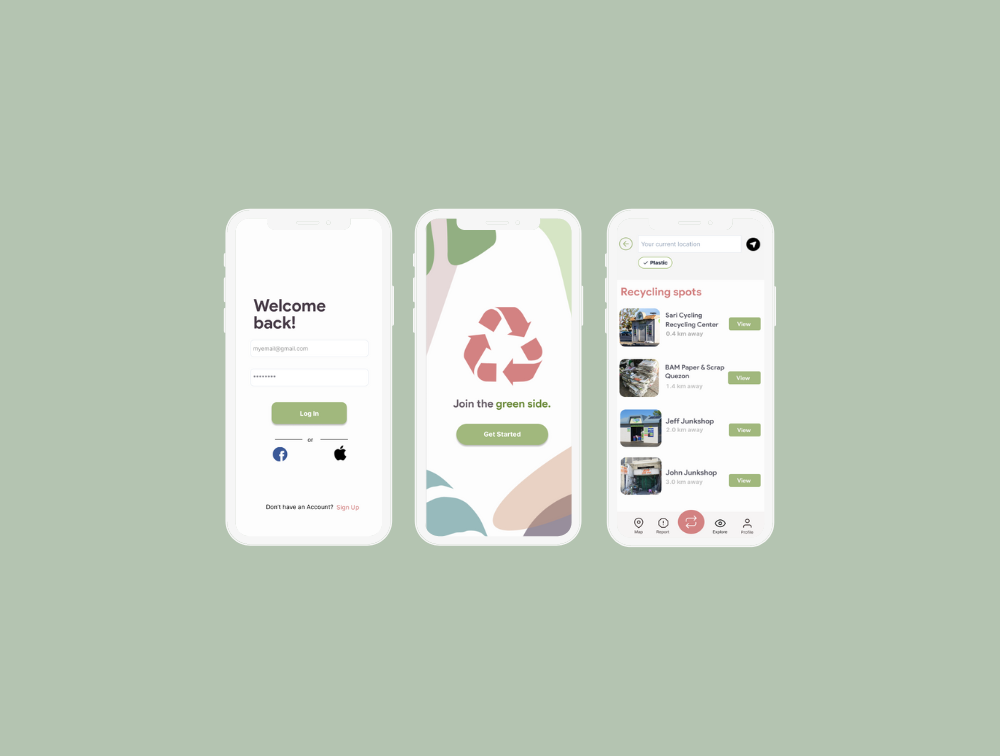
GreensideProject type
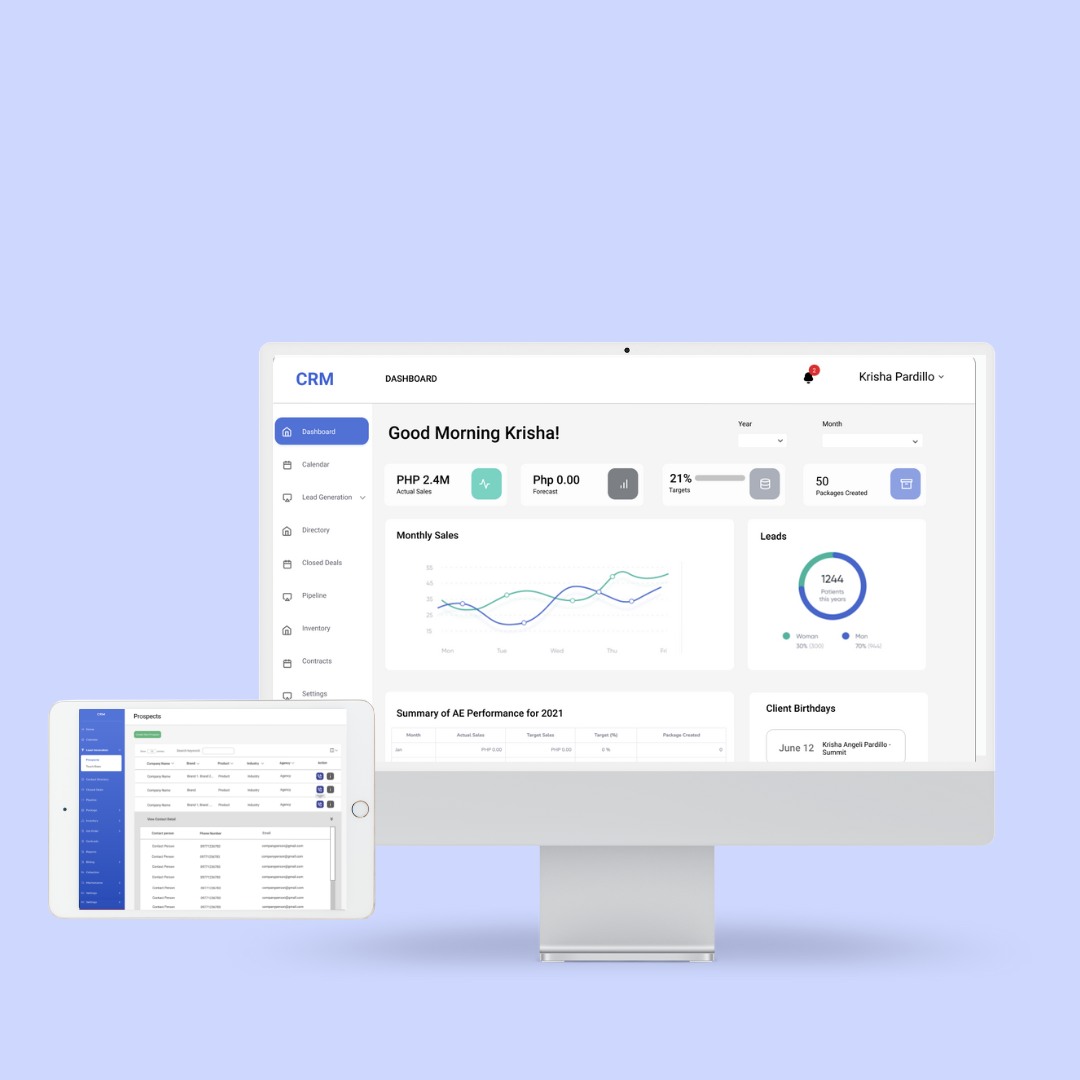
CRM PlatformCase Study